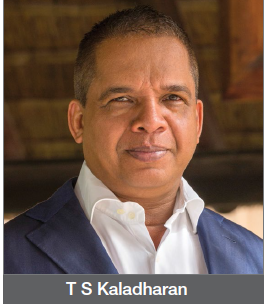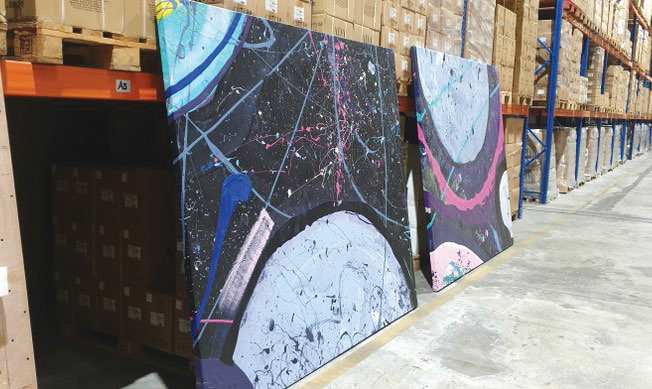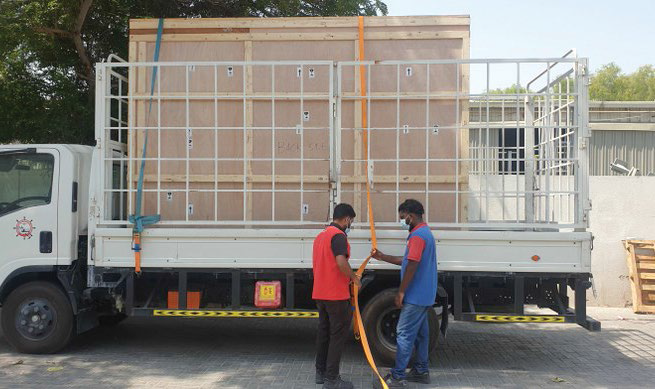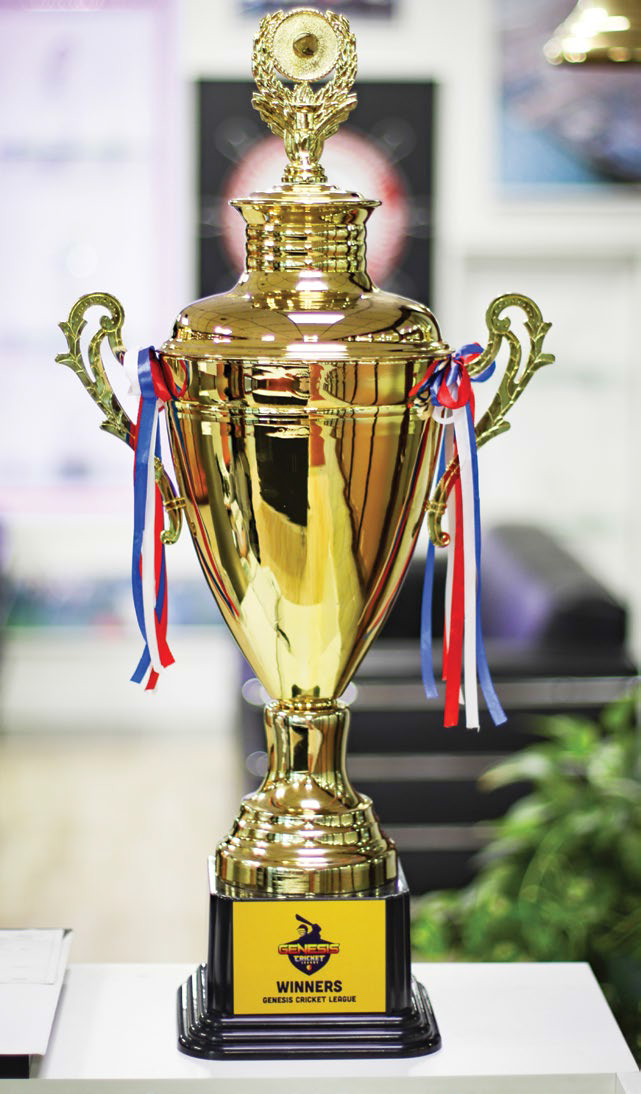Insights into the current market dynamics helps us to stay informed, assists with decision-making and helps in potentially mitigating risk, therefore avoiding disruptions to our supply chain.
The logistics sector was hit the hardest by the COVID-19 outbreak in 2020. With the lockdown in many countries and a major focus on the production of essential products, the volumes of air and ocean freight had fallen significantly in 2020. Vaccine hesitation and ongoing transmission, regional resurgence and variants and also difficulties with social distancing in ports, warehouses, and terminals led to major disruptions.
Apart from this there has been issues of high labour cost. These labour constraints also arose because of surging consumer demand, which could not be backed because of labour shortage.
Many manufacturing facilities left incompetent to face increasing demand for goods, lead to limited supplies and thereby higher prices.
There have also been major operational changes with regard to export screening requirements, consolidation and ground handling agents.
Ocean carrier consolidation has thelowest inventory levels since 1990s. Many airports around the world have been impacted by congestion too.
Shut down of manufacturing facilities and ports, to container shortages and labor issues, to rising costs and the ongoing pandemic, it has been the opposite of smooth sailing.
Air Freight Update
With completion of the China International Import Expo, Shanghai will see a boost in capacity. In most of East Asia, the capacity is stretched and rates are high and was expected to continue through November.
In India, cargo demand (both inbound and outbound) is outstripping capacity resulting in extended transit time and higher rates. A travel ban was lifted on November 8 but the impact on capacity is yet to be determined. Due to the various challenges faced in ocean freight, there are heightened levels of ocean-to-air conversion cargo, particularly in south India.
Transatlantic demand has been increasing in recent weeks. Easing of travel restrictions into the United States started early November, but short-term capacity increases are unlikely until seats on existing flights are filled.
In Frankfurt and Amsterdam, imports and exports has been affected due to Terminal congestion as a result of labour challenges.
There is a lot of constraint in southbound cargo from North America to South America. Freighter operators are already using their full fleets. As COVID-19 restrictions remain in place, limited additional passenger flights are entering the market and spot markets continue to trend up. This has resulted in the U.S air import terminals being congested.
However, some of these extreme delays have been eased since summer, with gradual improvement on labour.
Air Freight Capacity and Demand
With the reduction in passenger flights since the start of the pandemic, the air freight capacity has seen a -12% decline. Flights arrive in waves versus daily pattern of passenger flights pre- COVID-19 and this creates a large influx at one time and overwhelms warehouses, which are further constrained by labor shortages. Even the increase in freighter activity cannot cover this gap.
As on the demand front, inventory levels as percentage of sales are at a historic low. The disruption in global supply chain has lead to surge in demand. However, this all-time high demand has lead to ocean reliant cargo switching to air.
Challenges and Solutions
There are innumerable challenges at hand at Airport terminals and warehouses. These challenges can be tackled by proactive conversation, weekly guidance, increased notifications on terminal dwell times and adding alternative vendors, warehouses, and trucking options. Also re-directing freight to airlines or airports, which are less, impacted and leveraging truckload capabilities at origin and/or destination can ease the situations.
Air Freight Market Outlook
There are many strong future growth indicators. A steady increase in export order has been predicted. The rebound in jet fuel, during peak season is a positive trend. Terminal congestion variability and capacity at a premium is to be the order of the day.
Ocean Freight Update
In Northern America, there has been consistent improvement with regard to availability of vessel space. U.S. East Coast ports to Europe, and the Canada gateway for U.S., Midwest cargo to Europe through Montreal and Halifax ports have seen improved activity. Port of Los Angeles/Long Beach terminals, such as TTI, are taking steps to relieve congestion by extending their gate hours.
There are continued rail delays from the U.S. Midwest to both U.S. East Coast ports and to Canada. However, some railways such as the Burlington Northern Santa Fe (BNSF) are offering weekend gates to try and improve fluidity.
Nevertheless, congestion in the United States continues. Most terminals are congested at 80-90% utilization. The average dwell to berth is around 13-16 days, at LAX/LGB, 77 ships were at anchor or in the drift area and port wide there are chassis shortage.
As of now European ports of Hamburg, Rotterdam and UK port congestions issues still persist. There is increase in Europe port omissions. At UK ports, the surcharges are applied to ocean carriers.
In Australia, in the wake of resolution with MUA, delays at Australia are 7-9 days. On the Asia-Europe trade lane, space is expected to be extremely tight as high demand persists.
As a result of COVID-19 safety protocols, Suez Canal blockage, and Yantian port closures has created vessel bunching, berthing delays, and reduced yard capacity. Demand continues to increase; carriers must use blank/void sailings to mediate the congestion.
Oceans rate trends in US East and West Coast peaked in August-September 2021 and dipped. But trends are showing improvement. Schedule adjustments improved congestion briefly.
Key Factors to Consider
In order to navigate in today’s ocean market, forecast need to be made prior to 6-8 weeks minimum. There need to be flexibility in all facets of shipment-routing, carriers/services, modes, equipment and pricing. Also there should be prioritization, keeping variability in SKUs and/or parts. The success in the sector will depend on consistency and smoothing of volumes week to week.

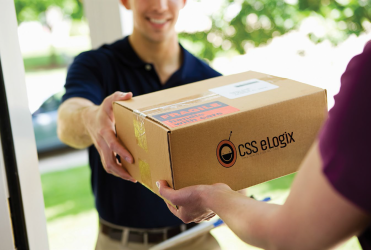
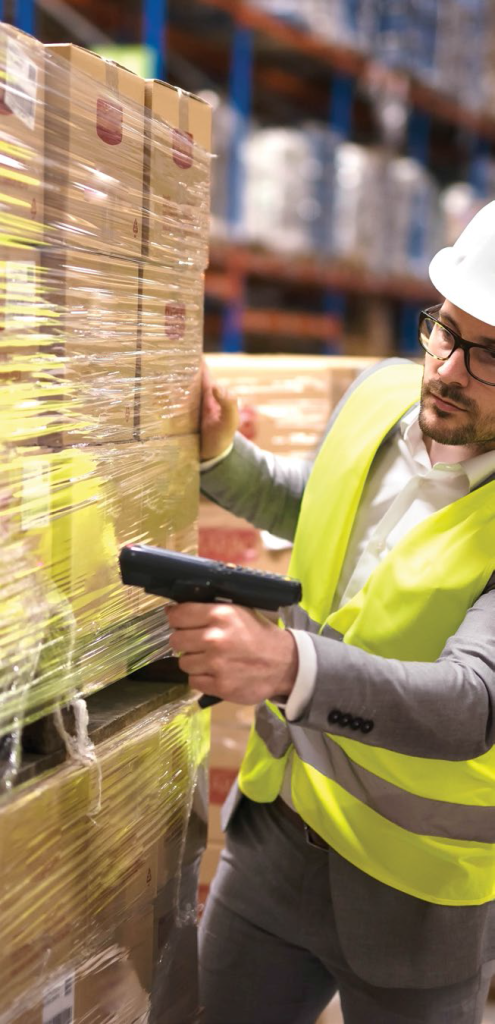 Good question! This can confuse even the seasoned professional in the logistics industry. CSS eLogix is an e-commerce fulfillment company. Unlike other e-commerce companies and marketplaces like Amazon, Noon, Shopify, etc. we do not sell any products through our website. Our services are warehouse management, inventory management, and last-mile delivery management. These three service offerings form the three crucial pillars. We understand that these pillars are critical to the functioning of e-commerce f u l f i l l m e n t centers. To put it simply, the moment when a customer clicks on the “Buy” option either from Shopify or any other online platforms, the orders are then executed through our portal. We get the order, execute the pick and pack, and ensure the items are delivered in a timely manner to the customer.
Good question! This can confuse even the seasoned professional in the logistics industry. CSS eLogix is an e-commerce fulfillment company. Unlike other e-commerce companies and marketplaces like Amazon, Noon, Shopify, etc. we do not sell any products through our website. Our services are warehouse management, inventory management, and last-mile delivery management. These three service offerings form the three crucial pillars. We understand that these pillars are critical to the functioning of e-commerce f u l f i l l m e n t centers. To put it simply, the moment when a customer clicks on the “Buy” option either from Shopify or any other online platforms, the orders are then executed through our portal. We get the order, execute the pick and pack, and ensure the items are delivered in a timely manner to the customer.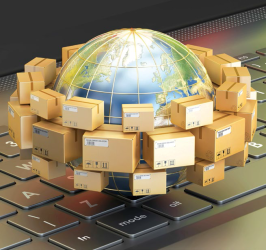 We want customers to enjoy their online purchases, and above all, we want to enhance their experience when it comes to trusting companies in delivering their goods safely and professionally. Our services should exemplify excellence, trust, and above all, safety and security for anyone who wishes to choose us to be their partners. We want to remove all the hassles a customer may have to face during an online purchase. We want the customer to sit back and relax while we deliver their goods with our professional and expert services. It could be just apparel or accessories or gifts for their loved ones. Whatever the product, we want our customers to think of Ti:Me and engage with us in putting a smile on their faces when they receive their package on time and without any hassles. We aspire to establish ourselves as the number one fulfillment company across UAE and Middle East, thus setting the standards for excellence.
We want customers to enjoy their online purchases, and above all, we want to enhance their experience when it comes to trusting companies in delivering their goods safely and professionally. Our services should exemplify excellence, trust, and above all, safety and security for anyone who wishes to choose us to be their partners. We want to remove all the hassles a customer may have to face during an online purchase. We want the customer to sit back and relax while we deliver their goods with our professional and expert services. It could be just apparel or accessories or gifts for their loved ones. Whatever the product, we want our customers to think of Ti:Me and engage with us in putting a smile on their faces when they receive their package on time and without any hassles. We aspire to establish ourselves as the number one fulfillment company across UAE and Middle East, thus setting the standards for excellence.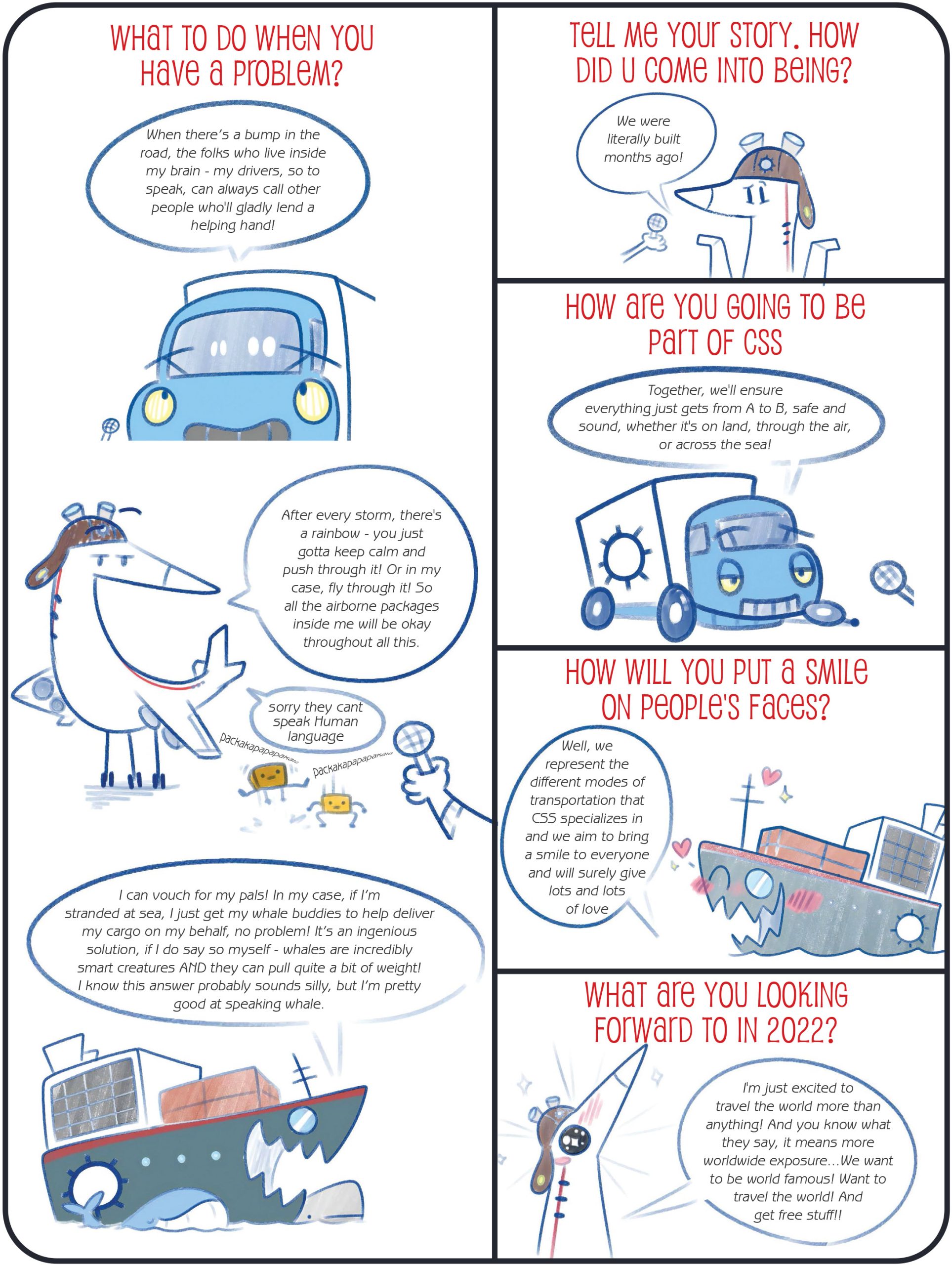
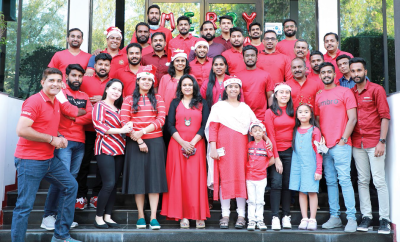
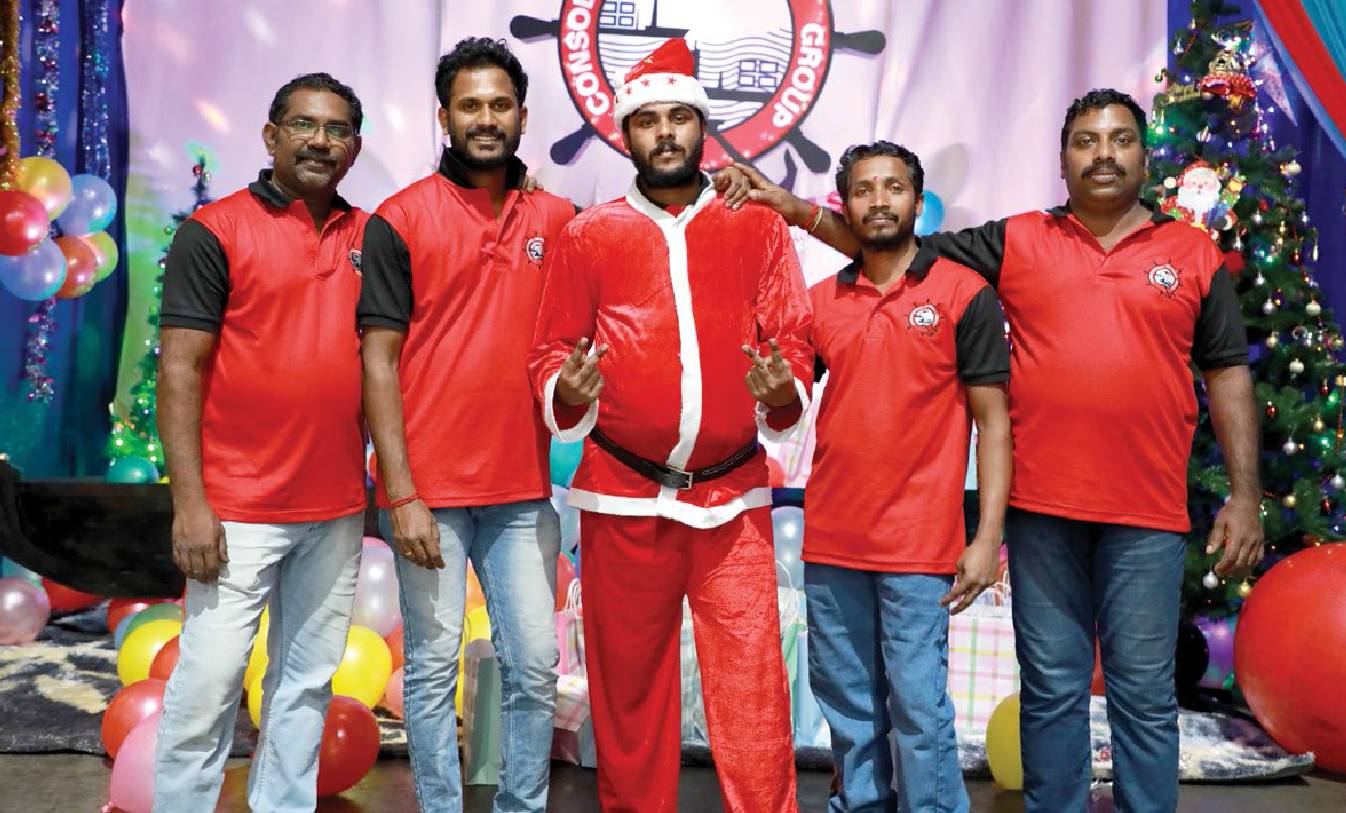
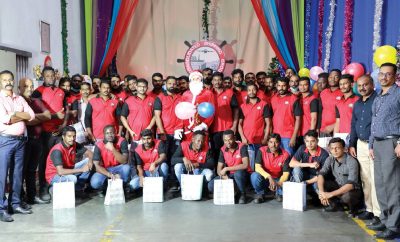
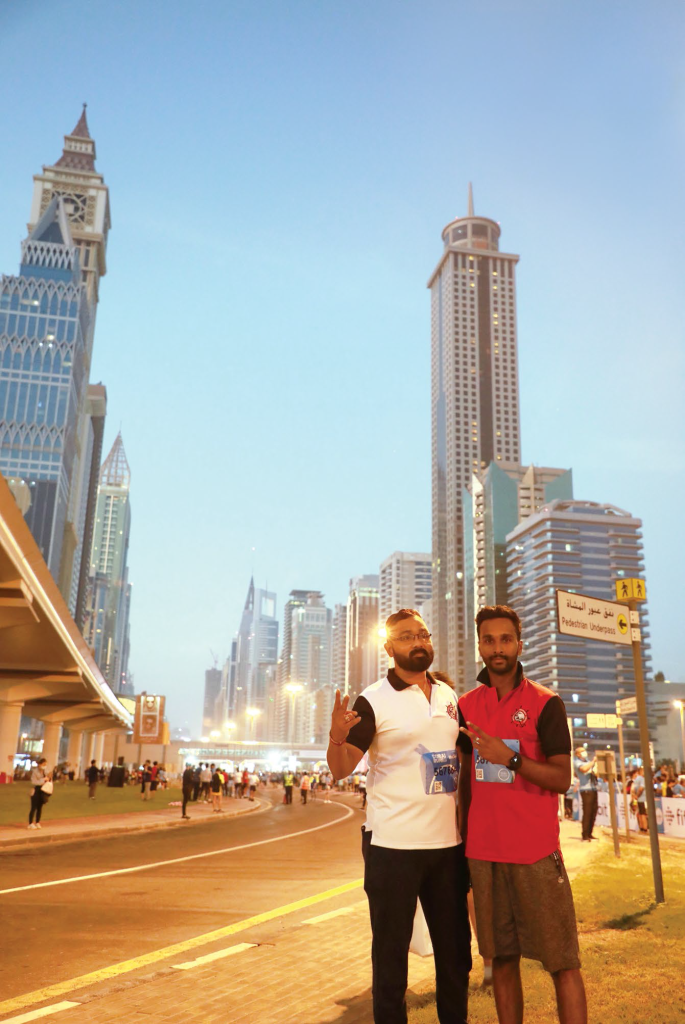
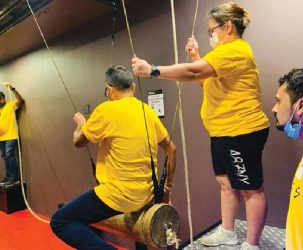

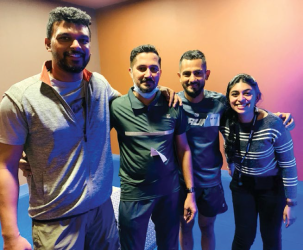
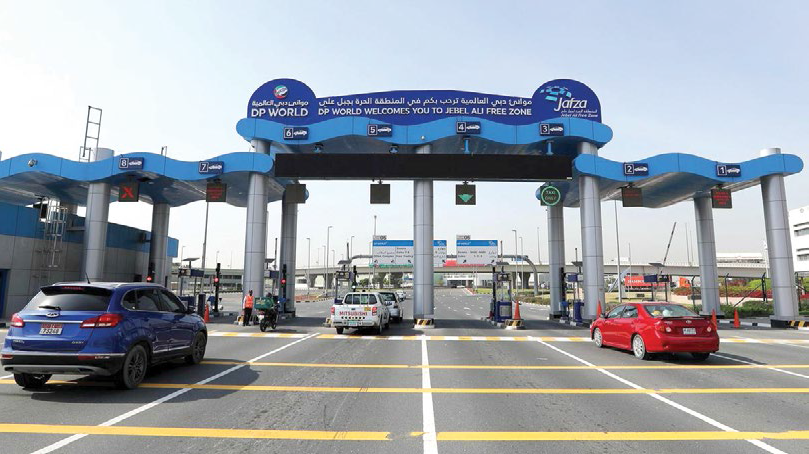
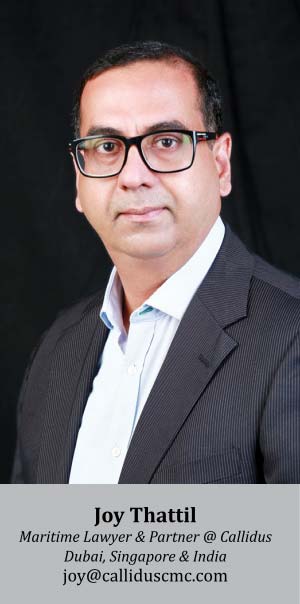 nisation (IMO) Strategic plan of 2018-2023 was one of the first steps taken by the IMO’s Maritime Safety Committee (MSC) to adapt to the advancement of technology in the Shipping sector. The strategic plan demonstrated the need to include and integrate the advancing technology within the Regulatory Framework. This included finding ways to balance the safety and security concerns of the parties and the advancing technology, mitigation of cost and environmental damages, etc. The advancing technology brought into the picture two alternatives for the shipping industry, i.e., Smart Ships and Digital Twins. Although both these alternatives may sound synonymous, in reality, they differ. Every shipping company must understand the difference to make the best choice possible for meeting its business needs.
nisation (IMO) Strategic plan of 2018-2023 was one of the first steps taken by the IMO’s Maritime Safety Committee (MSC) to adapt to the advancement of technology in the Shipping sector. The strategic plan demonstrated the need to include and integrate the advancing technology within the Regulatory Framework. This included finding ways to balance the safety and security concerns of the parties and the advancing technology, mitigation of cost and environmental damages, etc. The advancing technology brought into the picture two alternatives for the shipping industry, i.e., Smart Ships and Digital Twins. Although both these alternatives may sound synonymous, in reality, they differ. Every shipping company must understand the difference to make the best choice possible for meeting its business needs. After a year and a half of COVID-19 pandemic hitting the world, rays of revival across many sectors can be seen. And India’s logistics companies seem to be riding on a wave of growth after the waning of the second wave.
After a year and a half of COVID-19 pandemic hitting the world, rays of revival across many sectors can be seen. And India’s logistics companies seem to be riding on a wave of growth after the waning of the second wave.